Artistic Director Lee Cavaliere on 20 Years of Volta Basel
Celebrating its 20th anniversary, Volta returns to Basel from June 19 to 22, 2025, reaffirming its legacy as a champion of emerging contemporary art. Just minutes from Art Basel at Hall 4.U, Messeplatz 21, this landmark edition brings together over 70 galleries from 29 countries, spotlighting fresh talent through solo projects and regional highlights, including a Middle East North Africa Pavilion and a focus on Swiss galleries.
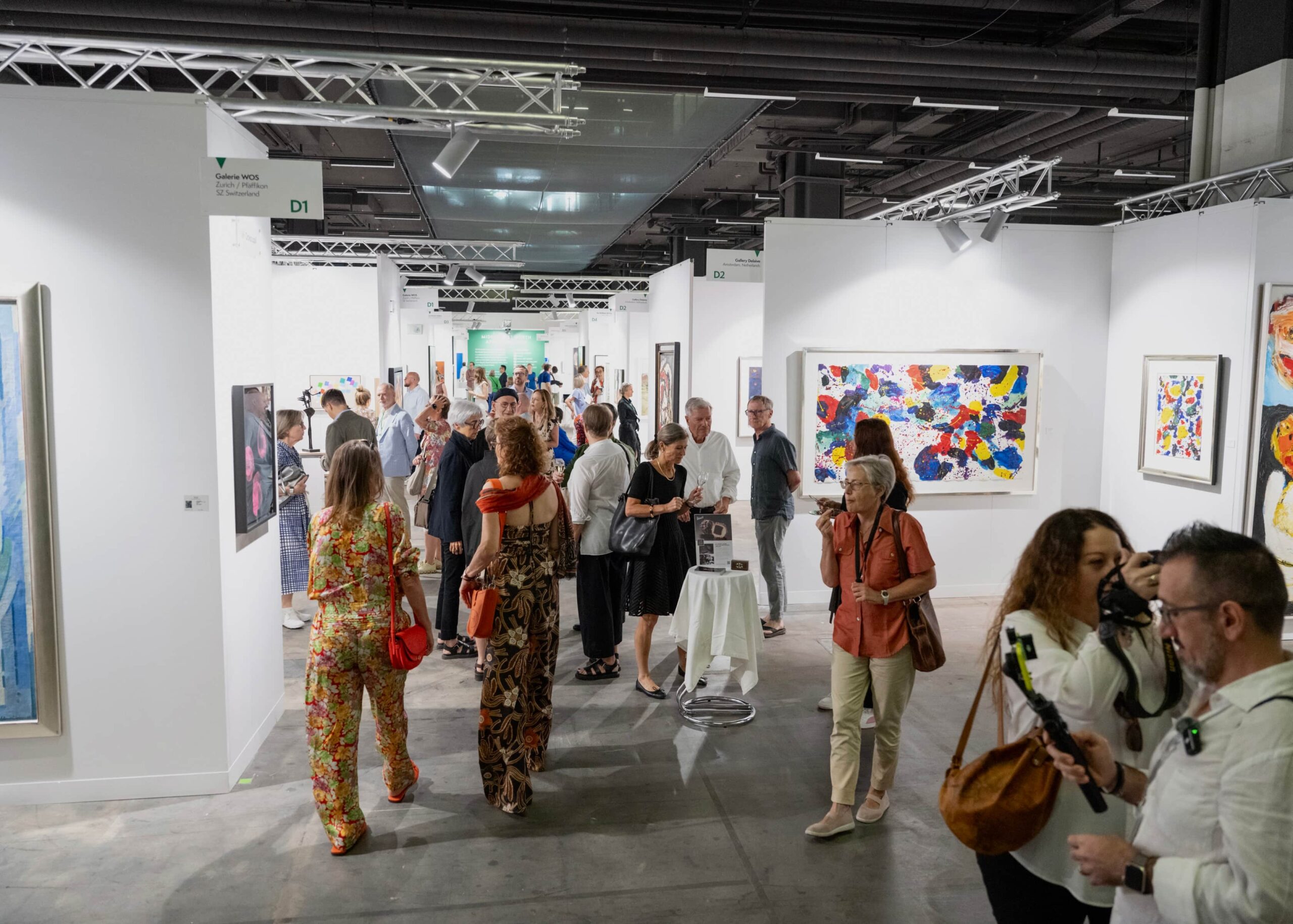
Photo Courtesy of Casey Kelbaugh CKA
Volta is an international art fair rooted in discovery, connection and community. Since its founding in 2005 during Basel Art Week, it has championed emerging and underrepresented artists, offering a fresh, inclusive alternative to the traditional art fair model. Now celebrating its 20th anniversary, Volta moves to a new venue at Hall 4.U, Messeplatz 21 in Basel, presenting over 70 galleries from 29 countries. In an interview, Artistic Director Lee Cavaliere, renowned for his global perspective and commitment to accessibility, shares how the fair reaffirms its mission: to support new talent, empower young galleries and offer collectors meaningful, human-centered encounters with contemporary art.
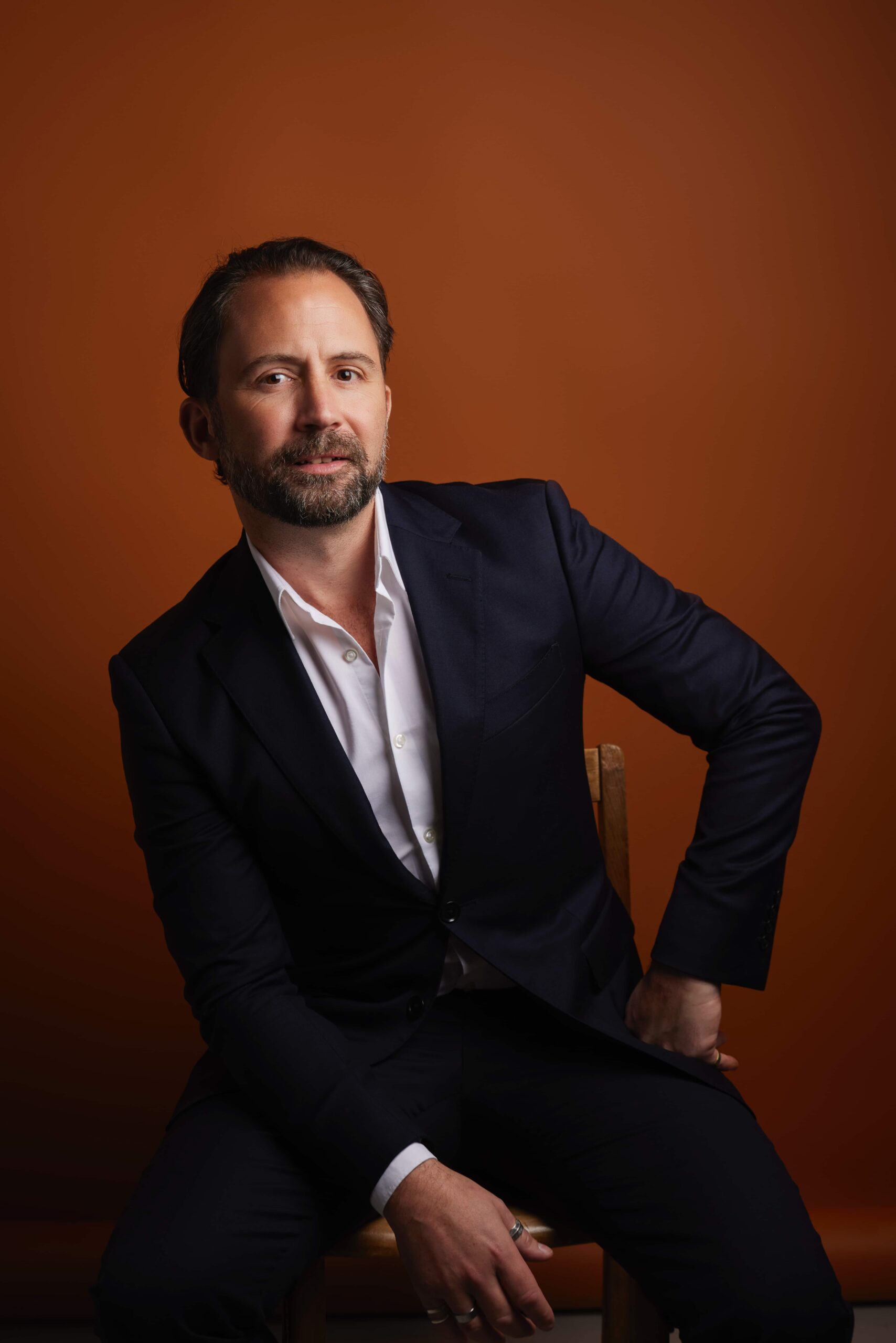
Artistic Director of VOLTA Lee Cavaliere
Photo Courtesy of Christa Holka
Safar: Lee Cavaliere, did you always want to become the artistic director of an art fair?
Lee Cavaliere: Oh God, no. It looked like an absolute nightmare from the outside. But Volta approached me and it was always a fair I loved and understood. It’s a fair that I can speak to and it kind of speaks to me. I’d been doing fairs as a gallerist for years – 10 a year at one point. I know what it’s like to stand in a booth all day. That helps me relate to the galleries. I’ve also worked on the other side – I curated the London Art Fair for a year. So I’ve seen many sides of this world: dealer, director, curator. The timing was right and Volta was the right fair for me.
How do you see Volta’s growth over the past 20 years?
Volta has retained a lot of the creative energy it was founded with. It was always about celebrating work that wasn’t getting the attention it deserved. Amanda Coulson set it up with the idea that some great work wasn’t being seen. Over 20 years, of course, it’s evolved. We’ve been through a financial crash, Covid and other situations, but Volta has stayed true to its core: showcasing emerging to mid-career artists. I’m especially interested in what “emerging” even means.
How would you define “emerging”?
Well, you can be an emerging artist for 20 years! So what does that label really mean and what kind of support structure exists behind it? Some of that is about enabling new galleries to take part – some here have never done a fair before. But we’re also celebrating the galleries that have always championed emerging artists, helping them break into the market and grow. Some galleries at Volta are showing well-established artists alongside early-career ones. They’re using their experience to elevate and support the next generation.
Volta promotes cultural diversity and emerging artists. What inspired that focus, especially now with the Middle East Pavilion?
I’ve always questioned what “international” really means – it varies depending on where you’re from. You can talk to anyone about art, even if they’ve never seen it before. Art has this incredible power to communicate across borders – it’s a universal human language. For someone from the West, it might mean one thing. For someone from the Middle East, Africa or Asia, it’s entirely different. I’m fascinated by breaking those definitions apart. Volta gives you a space to explore that curiosity. The Middle East Pavilion is a great example. It’s a collaboration with Randa Sadaka, a curator based in Beirut, who brought in artists and galleries deeply connected to what’s happening in the region. That’s something I couldn’t have done alone. It’s a great way to access ideas and trends that would otherwise be out of reach.
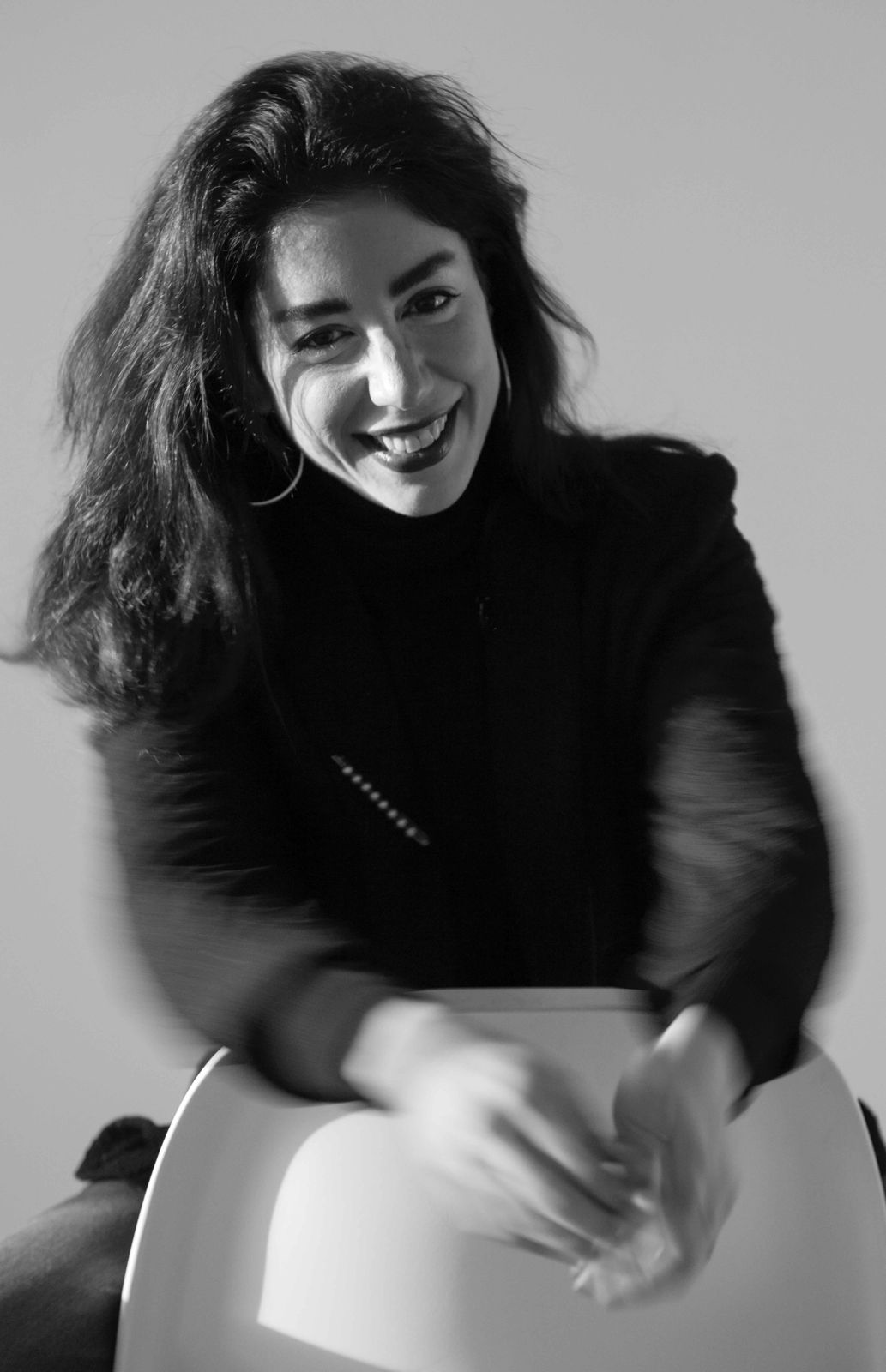
Randa Sadaka, writer and curator based in Beirut, Lebanon
Photo Courtesy of Roger Moukarzel
Like SAFAR Magazine, Volta Art Fair celebrates cultural diversity, connecting the East and the West.
Exactly. We’ve got galleries from 29 different countries. So it’s enormously diverse. These are human stories. And if you get down to it, these are all things that we can understand and relate to one way or the other.
Not many people question what “international” really means. It’s refreshing to hear that.
Yes, it’s something I’ve always been a little bit aware of. I’m a white English guy – Italian family, but raised and educated in the UK. So I have a specific point of view. When I worked in museums, I noticed that wall texts were often written from a particular academic or institutional perspective. Things are changing now, but that’s where I learned to challenge those frameworks. It’s not about telling people what to think. It’s about asking them what they think. That’s where the real magic happens.
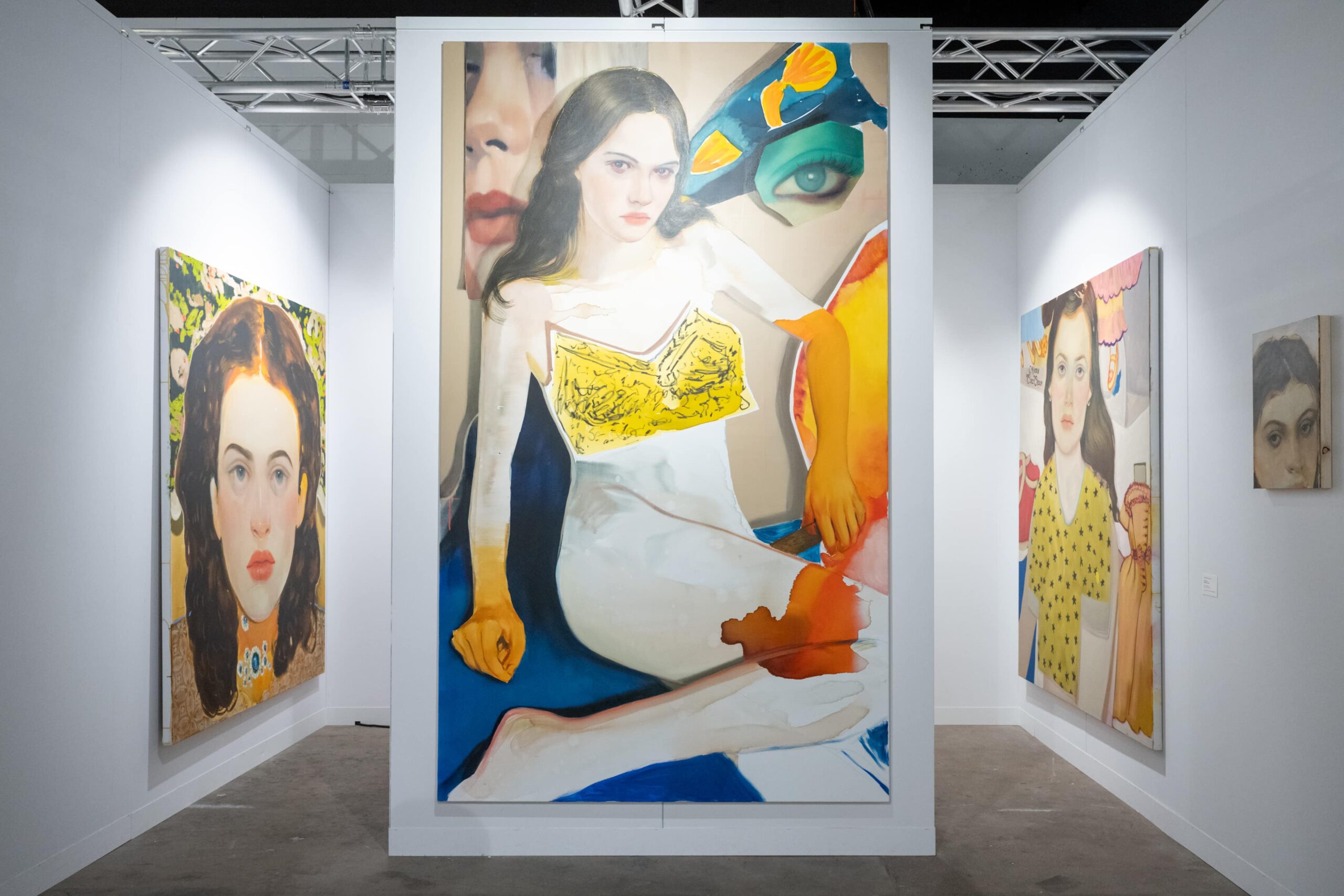
Photo Courtesy of Casey Kelbaugh CKA
What has been your biggest milestone at Volta so far?
I’d say building a community. The art world is international, but celebrating that sense of community is key. One thing I do early on is share the floor plan with all participating galleries and offer to introduce them to their neighbors. So when they arrive for install, they already know a bit about each other. That helps build trust and opens the door to future collaborations.
Volta hosts events beyond Basel throughout the year. How do these help extend the fair’s reach and impact?
Collectors aren’t only here this week – they’re everywhere, all year round. It’s important to introduce ourselves to new people and to look at different contexts. It’s a constant conversation. Even small events at a gallery or at Soho House in Hong Kong help us connect with people and keep the dialogue alive. We want to do more of that.
How are you pushing digital boundaries in art?
During Covid, I co-founded a virtual museum. I’ve always been interested in how art can transcend location. A high-quality online art experience can be a stepping stone. You don’t have to travel to understand or enjoy art. A lot of people never go into galleries. That doesn’t mean they don’t appreciate art – they just feel like it’s not for them. It might be geography. It might be cost. Art fairs are expensive to attend. Digital experiences help break those barriers. They’re not perfect, but they’re better than nothing – and “nothing” is what many people currently have access to.
What is your vision for Volta?
I want to make it easier for younger galleries to participate. Fairs are expensive. We need to find strategies to bring in new voices and offer them a truly international platform. I also love our current venue – it’s the right size. I don’t want to grow too big. When you’re discovering something new, you need time to absorb it. Too many galleries becomes overwhelming. I want to keep it personal, meaningful and human.
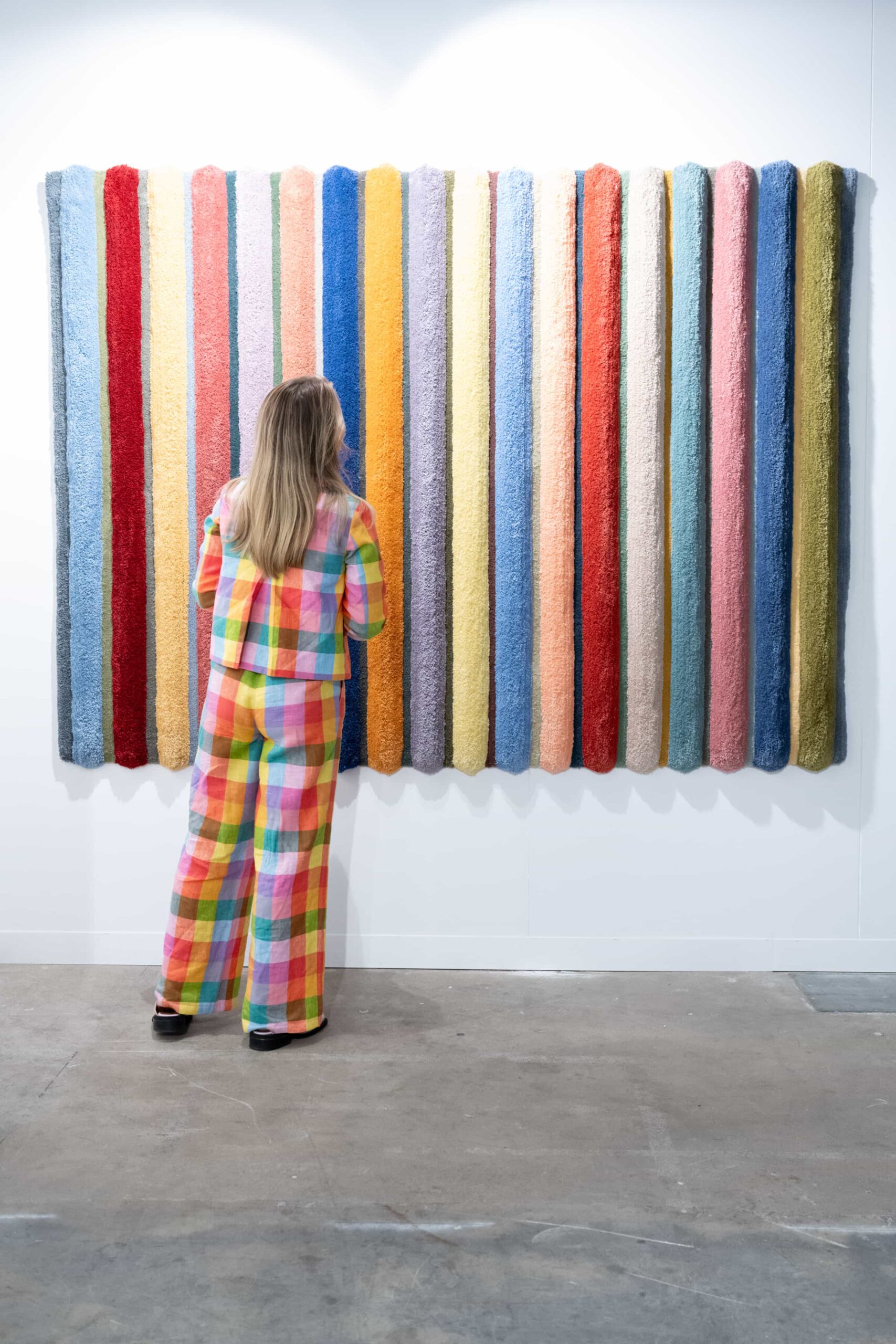
Photo Courtesy of Casey Kelbaugh CKA
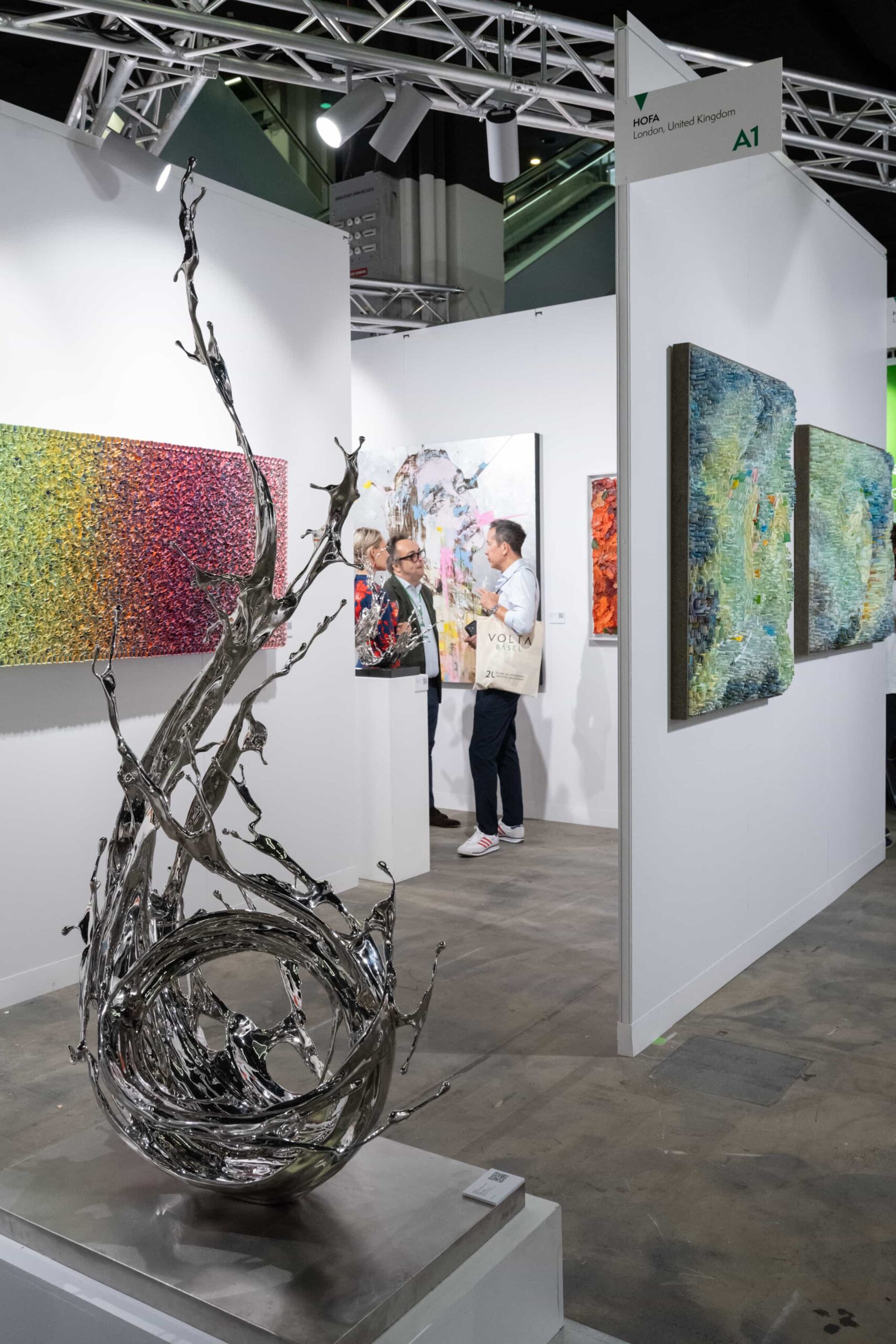
Photo Courtesy of Casey Kelbaugh CKA
How long does it take to organize an art fair like Volta?
We open applications in October and close them in December. Then we have individual conversations with every gallery that applies. It’s a small enough fair that we can do that – and I think that’s really important. We talk about why they’re coming to Basel, what artists they’re bringing and their overall strategy. We aim to finish the selection by late January, though it often runs over. By March, everyone has their stand allocations, and we spend the next three months finalizing everything. It’s a long process. With galleries from 29 countries, there’s a lot of coordination – logistics, diplomacy, communication. It’s time-consuming, but worth it.
What advice would you give to young artists or newcomers to the art world?
Stay curious. Don’t lose heart. Talk to people. This community is incredibly open and supportive, even if it seems intimidating at first. They’re doing it because they’re passionate about it and the world needs your art. It wants it. There’s a demand for it. Look how many people are here. This is something that people really want in their lives. It’s important to people, so never lose sight of that. Being an artist is tough, but there is a community. There’s a real infrastructure here to support and everyone is at heart for it.
